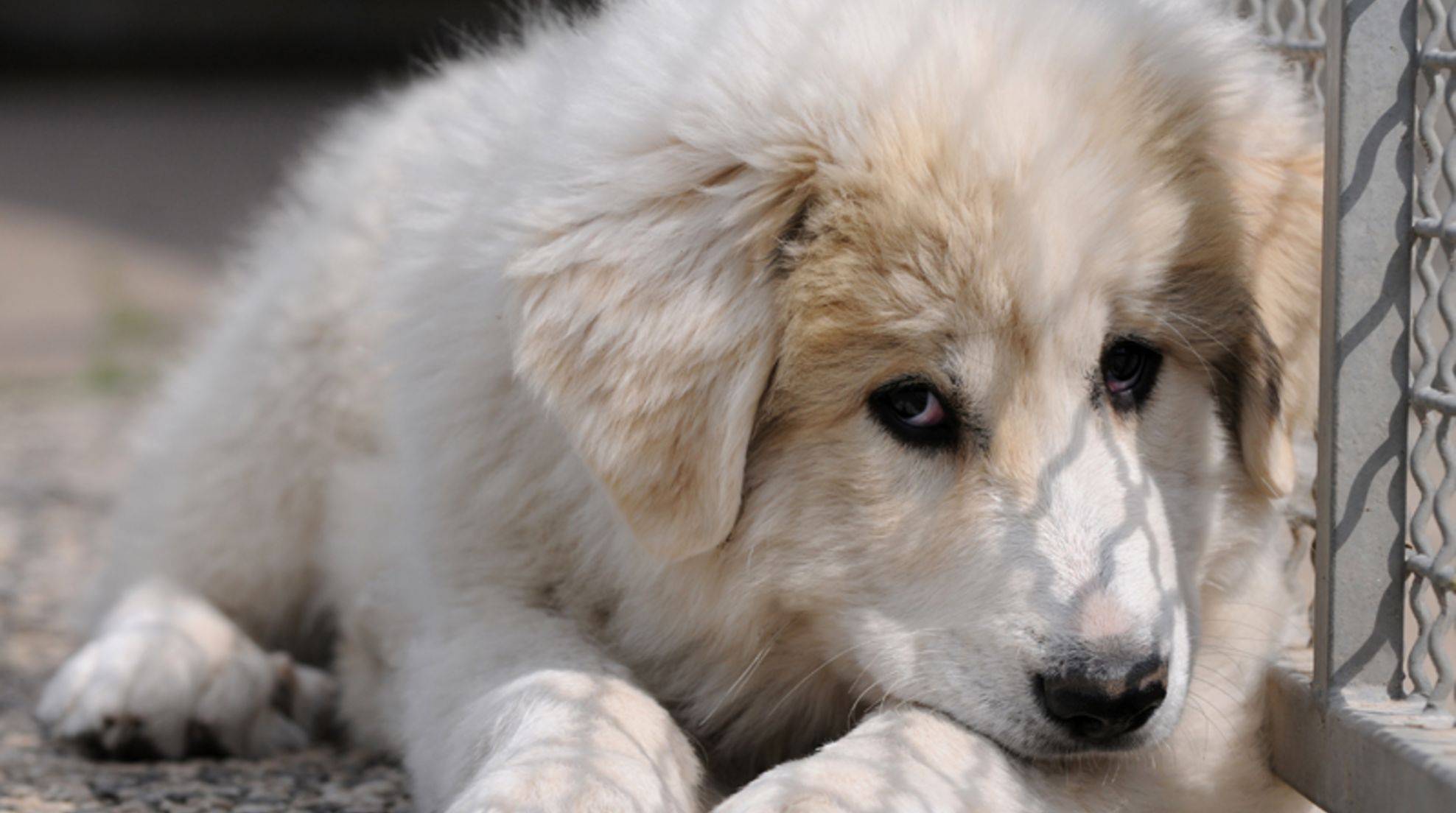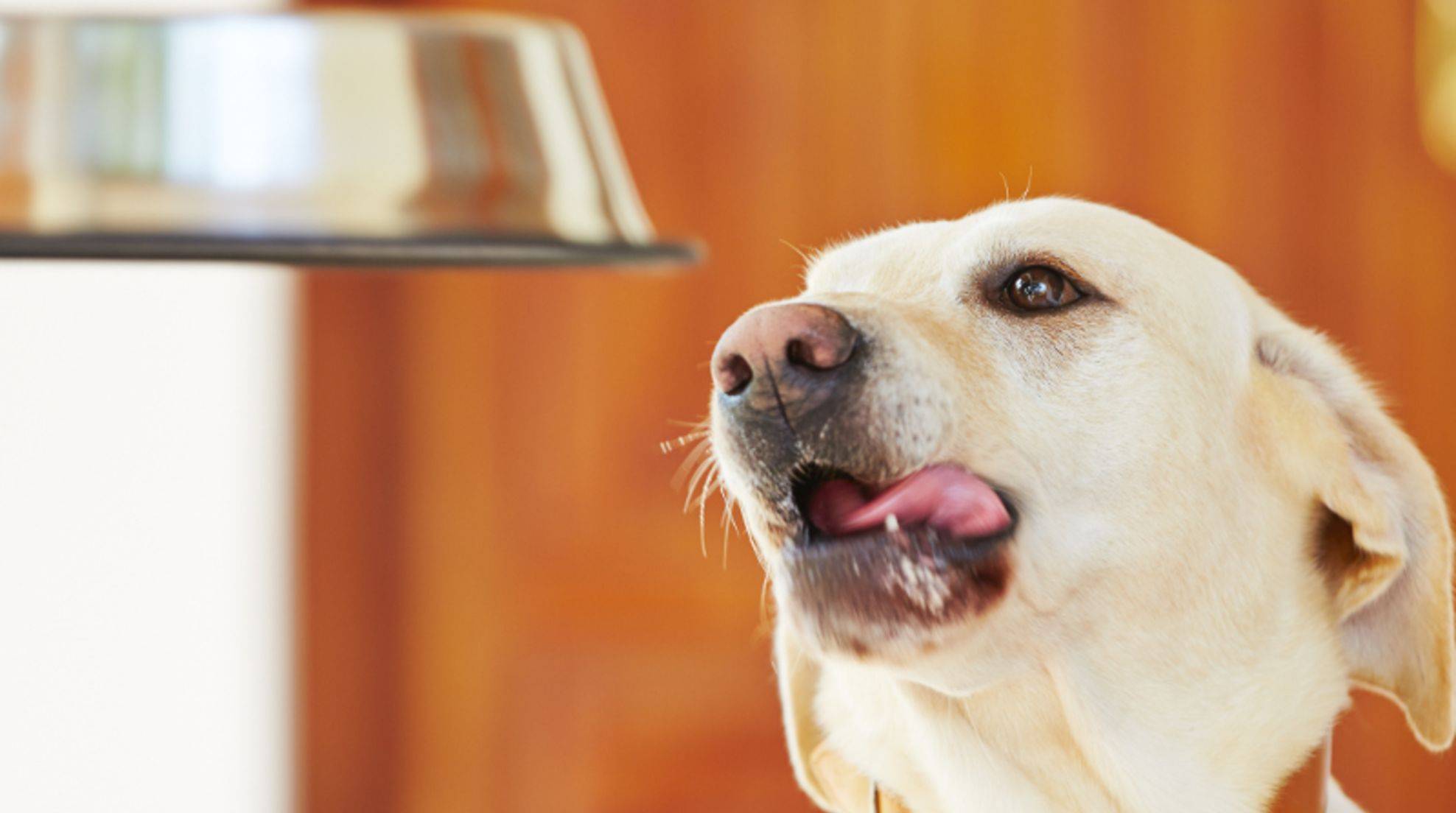Do dogs use the dachshund look deliberately?
Woofed like! When dogs want something, they tilt their head to the side and make their mistress or master melt with their big googly eyes. Dog owners find it difficult to resist such a dachshund look. But do the four-legged friends do it on purpose?
That dogs use the dachshund look purposefully, so some mistress and some master already guessed. Scientists at the University of Portsmouth have found that this theory is correct and that dogs use their facial expressions specifically for communication purposes.
Experiment: Dogs exposed to different situations
Within the scope of the study, which was published in the specialized magazine “Scientific Reports,” researchers under the direction of biologist Juliane Kaminski accomplished experiments with 24 family dogs of different races.
The four-legged friends were confronted with four different situations. On one occasion, a human turned toward them with and without treats; on another, the person turned his back on the dogs, with and without food. In each of these situations, the researchers recorded the facial expressions of the furry noses with a camera. And what conclusion did the scientists come to?
Dachshund look – a result of evolution?
Dogs showed more facial expressions – especially the dachshund look with raised eyebrows – when they received direct attention from humans. Surprisingly, whether the human had a treat in his hand or not was irrelevant. The scientists conclude that the animals were deliberately trying to communicate by facial expressions.
Facial expressions are nothing unusual in animals. However, it was assumed that a dog’s facial expression was an involuntary expression of an emotional state and not an intentional attempt to communicate. The purposeful use of the dachshund look could be, according to scientists, an evolutionary result of the extended living together of humans and dogs.
However, researchers led by biologist Juliane Kaminski cannot say precisely whether dogs really understand their counterparts or whether the dachshund look is merely a learned behavior.







